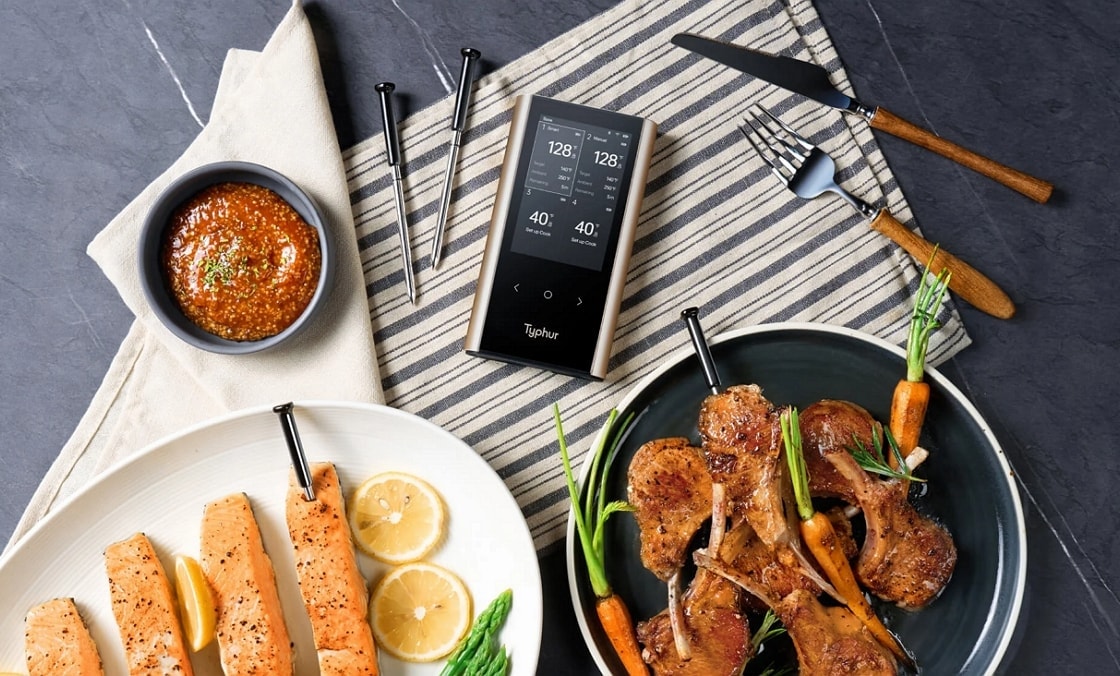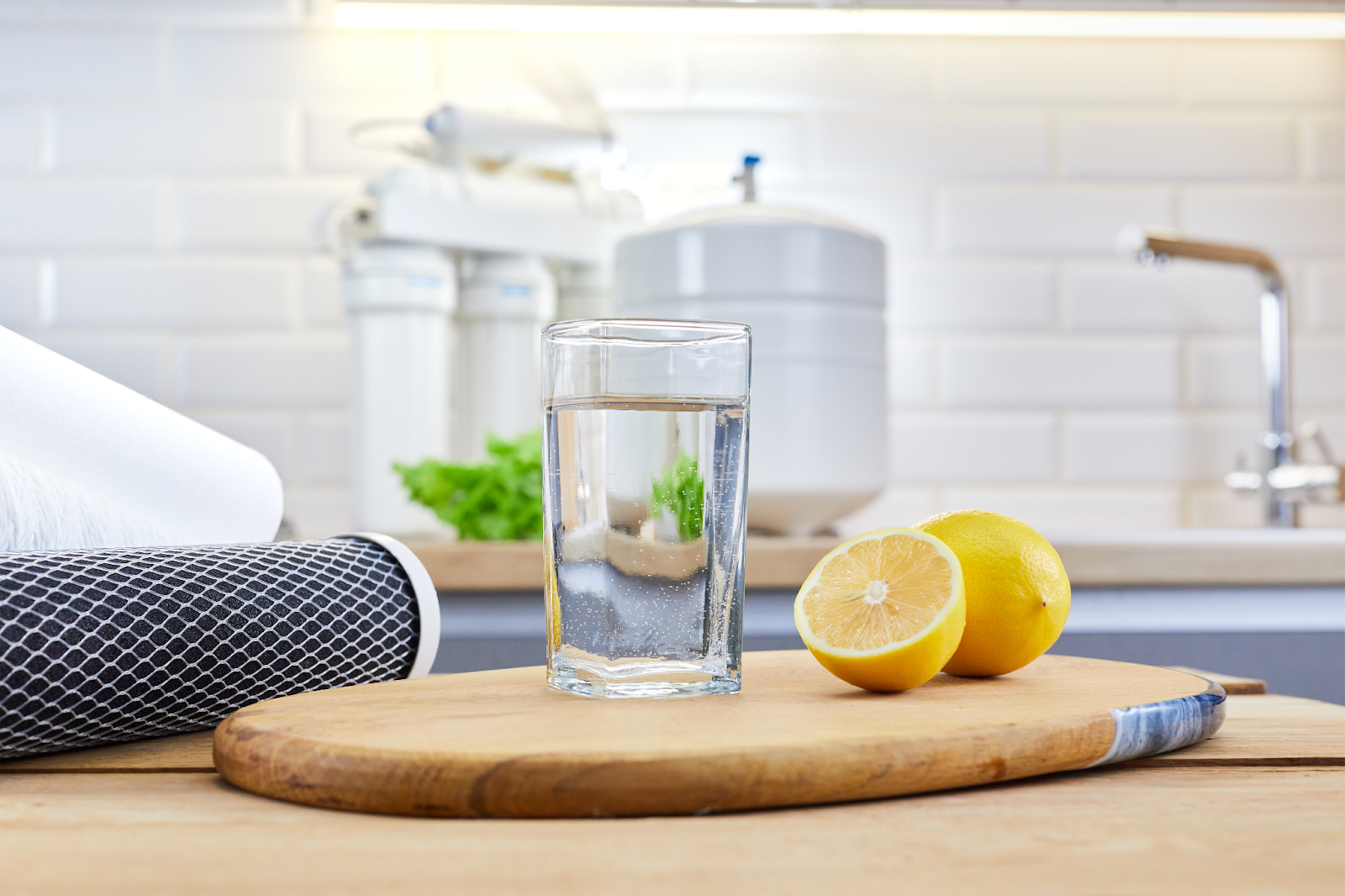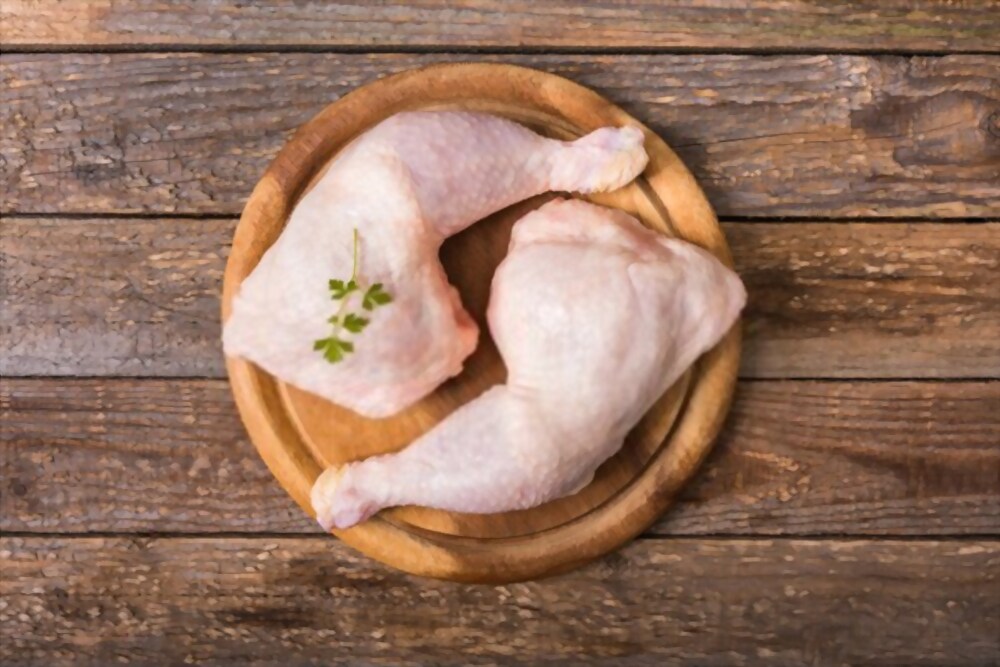In an era where the world is growing increasingly obsessed with chef-like competence and home cooking, there is one unassuming implement that has achieved legendary status in both domestic and professional kitchens—the kitchen chopping board. What was once an afterthought has become a diverse and specialised group of kitchen products that express not only utility but also aesthetic taste, hygiene considerations, and even ecology.
From elegant round chopping boards that adorn gourmet Instagram feeds to rugged commercial chopping boards that withstand blistering hours of use in restaurant kitchens, the chopping board is more than simply a cutting surface—it’s the key to every meal.
The Renaissance of the Kitchen Chopping Board
Why the sudden glare on chopping boards? It’s not all that sudden. The cooking boom triggered by the pandemic, food blogging, increased awareness of food safety, and technological advances in materials have all come together to centre the chopping board in kitchen culture. But it’s not all about slicing and dicing these days. The correct board affects the way you cook, clean, and even serve food.
In Britain alone, searches for chopping boards UK have escalated, especially among individuals who are renovating their kitchens or moving towards greener, cleaner tools. Whether you’re a Michelin-starred chef or a meal-prepping mom, the kitchen chopping board has become an absolute necessity.
Types of Kitchen Chopping Boards: More Than Meets the Eye
1. Plastic Cutting Boards
Plastic remains the first choice for many home cooks and professional chefs. They’re light, dishwasher-safe, and cheap. Not that all plastic cutting boards are the same, however. High-density polyethylene (HDPE) boards are now preferred for their toughness and resistance to knife scarring, as well as their fewer crevices in which bacteria can hide. They often come colour-coded to prevent cross-contamination, making them perfect for commercial applications.
2. Commercial Chopping Boards
Highly valued in business kitchens are time, cleaning, and accuracy. Commercial chopping boards are heavier, thicker, and, hence, sturdier than residential ones. They work in conjunction with their NSF certification for intense commercial use. Commercial boards are generally sold in sets, colour-coded for food groups- red for meat, green for vegetables, yellow for poultry, etc. These boards do not bounce on the working surface, thus protecting the delicate knife work from being destroyed and also guarding the chef against injury.
3. Round Chopping Boards
Round chopping boards have gained popularity for both their practical use and aesthetic appeal. They’re used primarily on charcuterie displays and cheese platters. These boards work best when given a slight rotation while chopping, especially when performing repetitive tasks such as chopping vegetables. In a small kitchen, a round chopping board also brings more ease with space and gives an artisanal, rustic feel while plating.
4. Wood vs. Plastic: The Durable Debate
Wood boards, particularly those constructed of bamboo or end-grain maple, are praised for their self-healing surfaces and natural antibacterial resistance. But they’re maintenance-intensive, needing frequent oiling and delicate washing. In comes the contemporary plastic cutting board, which promises a low-maintenance, sanitary solution.
Newer plastics now provide antimicrobial surfaces and textured finishes for traction. While wooden boards are visually warm and nostalgic, plastic boards offer a functional advantage that’s difficult to match in busy or professional kitchens.
The Development of Material Science in Chopping Boards
Gadgets have transformed the simple chopping board into a high-performance kitchen tool. Silicone grips, juice grooves, foldable edges for pouring ingredients, and even intelligent boards with integrated scales and timers have become possible. For cooks, these can translate to using fewer utensils and easier prep. For home cooks, it translates to less mess and easier cooking.
The UK has adopted this transformation in its entirety. Chopping boards UK shoppers search for function boards—generally those with two sides (meat on one and vegetables on the other) or built-in knife storage. The UK market, characterised by its fastidious kitchenware trends, is gravitating more and more towards boards that combine hygiene and aesthetics.
Hygiene and Food Safety: The Silent Killer of Dull Boards
Cross-contamination remains one of the highest risks in food preparation. Research indicates that chopping the same board used for raw meat and vegetables can transfer pathogens such as Salmonella and E. coli. It is here that commercial cutting boards and good-quality plastic cutting boards excel.
Non-porous materials and colour-coding make plastic boards simpler to sanitise, particularly in a professional environment. Plastic won’t hold water like wood will, cutting the risk of bacterial multiplication. Ease of cleaning is one of the top reasons why professional kitchens opt for plastic over wood, particularly when operating under pressure.
Sustainability and Style: A New Design Language
Not only do consumers today want functionality, but they also want beauty, sustainability, and innovation. The contemporary kitchen chopping board is often a design object in its own right. Some brands are producing boards from recycled materials or sustainably harvested wood. Aesthetically, boards have become an integral part of the kitchen’s visual identity and are often displayed on countertops instead of being stored away.
Round chopping boards, particularly those made from acacia or olive wood, are now being used as serving trays. A combination of form and function is fueling a high-end market for designer chopping boards in the UK and around the world.
Selecting the Proper Chopping Board for Your Needs
Ask yourself the following:
- Do you prepare meals daily or only occasionally?
- Is hygiene, durability, appearance, or all three your top concern?
- Do you prepare meat, vegetables, or somewhere in between?
For daily cooks or professionals, commercial chopping boards made of HDPE or similar materials are indispensable. They last longer and keep food prep safe. If you’re focused on aesthetics and presentation, a round chopping board in teak or walnut might be perfect for you. For those who prize versatility and low maintenance, a plastic cutting board is still king.
Maintenance Tips to Keep Your Boards in Prime Shape
- Plastic cutting boards: Use hot, soapy water or a dishwasher. Baking soda paste for tough stains.
- Wood boards: Don’t soak. Vinegar or lemon juice, and salt to clean. Oil frequently with mineral oil to avoid drying out.
- Commercial boards: Clean with accepted kitchen sanitisers and follow colour-coding strictly to prevent contamination.
- Replace any plastic board that develops deep grooves or cuts where bacteria love to hide.
In Summary
The increase in popularity of kitchen chopping boards is no coincidence. From the functional to the sophisticated, these boards are no longer merely a kitchen afterthought. They have become instruments of precision, sanitation, and style. Whatever your choice is between a high-end commercial chopping board, a practical plastic cutting board, or an artistic round chopping board, there’s never been a more opportune time to purchase your culinary art.
If you’re in the UK, the market for chopping boards offers a selection of fashionable, robust, and safe options to suit your individual kitchen décor and cooking style. Recommended by chefs and home cooks, Plastic Chopping Boards provides superior, food-grade boards designed for real kitchens. So, the next time you head into the kitchen, don’t forget: greatness starts on a board.











